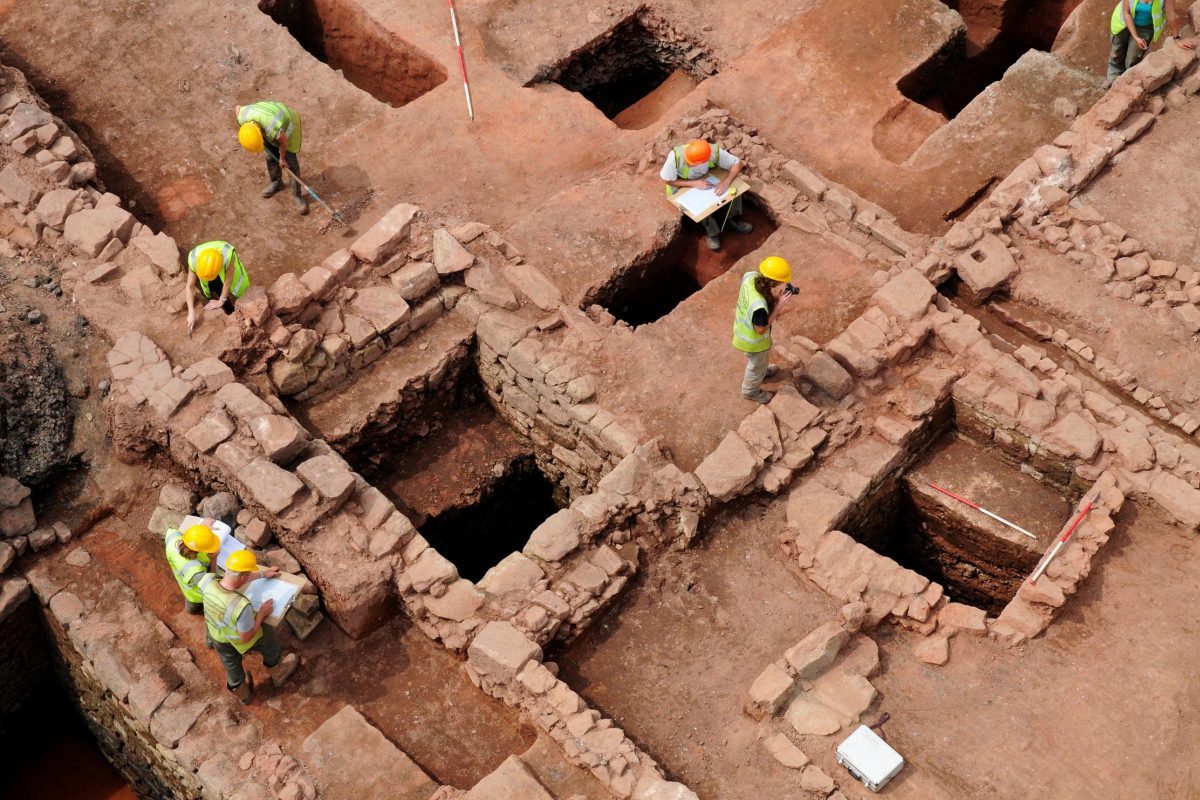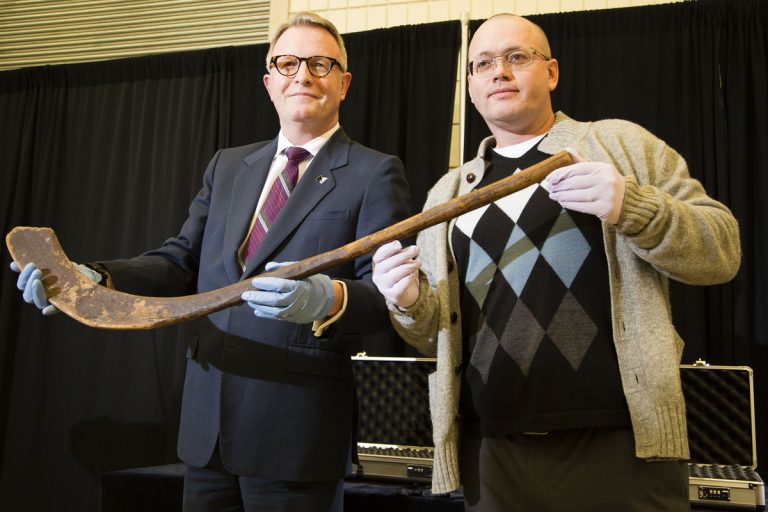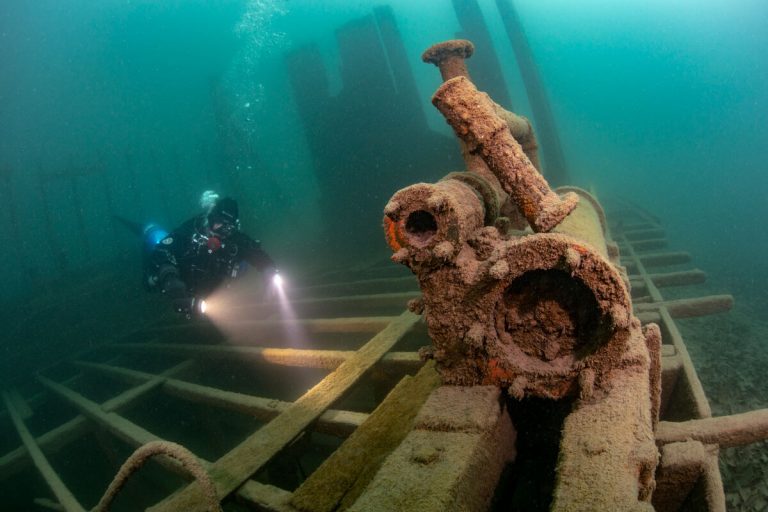We are working on several different projects. They must, among other things, adjust to social, technological, and climate changes. Archaeologists want to convey many elements of their work. The following offer project summaries:
The Lost Brant Site, Humber River Watershed, Richmond Hill
The Lost Brant site, near Wilcox Lake, has been the focus of two decades of archaeological excavation, with fresh discoveries each year. Archaeologists have discovered more than 60 sites surrounding the lake inhabited by peoples from the Paleo-Indian, Archaic, and Woodland eras.
Approximately 9,400 relics and 19 elements have been found and recovered, demonstrating that this site was used for various activities.
Heart Lake Conservation Area, Etobicoke Creek Watershed, Brampton
Numerous archaeological sites in the nature reserve near Heart Lake, occupied before European contact, have been discovered. This indicates that First Nations tribes constantly built up campsites and activity places across the Etobicoke Creek headwaters.
Stains in the soil reveal historical human activity, implying that the location was likely used as a camp for humans hunting, fishing, and collecting for millennia and may date back to 12,000 years ago.
Claireville Trail, Humber River Watershed, Brampton
A proposed pedestrian route in Claireville Conservation Area was the subject of an archaeological assessment by the Toronto and Region Conservation Authority in 2010.
Three sites were first found along the projected route line, two of which had never been seen previously and were mainly represented by lithic debitage.
The third location was recognized as an Aboriginal camp in 2007 and was more extensive than first thought. Many new path layouts were suggested in addition to prevention and protection strategies.
While a fourth Aboriginal camp was discovered, no diagnostic items were found.







+ There are no comments
Add yours